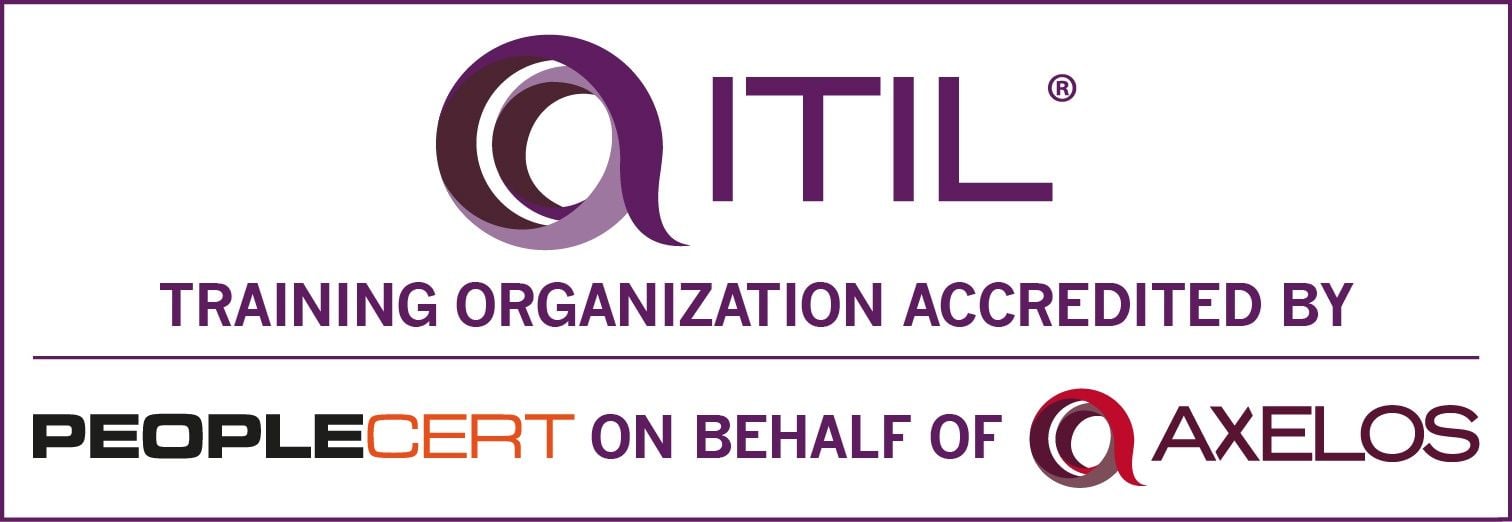The Service Desk is Dead. Long Live the Service Desk.
Too often, the service desk signals a physical and mental barrier between IT and the end user. Here’s why to change that.
It is time to let the service desk as we know it to die.
The service desk as a space and as a physical function has surpassed its heyday, and needs to be rethought. In a world dominated by customer experience and employee experience, the idea of a physical location for a service desk starts to feel, literally and figuratively, like a barrier between us and our users.
Picture it: The user approaches the desk, maybe after waiting in a queue, and we then ask them to describe their problem as we type away into an unknown system. The whole interaction creates a weird relationship and hierarchy between the user and us.
Adding to this, when we need to instruct the user on specifics or look at their devices, what do we do? We ask them to come around the desk, turn their devices around awkwardly, reach over the counter, or even ask them to move to another location with us. In the end, this doesn’t provide a good experience for either employee or end user.
We continue building helpdesks because it’s something we think we need to do. We think we know what a service desk should be, or that we need a space to be clearly defined, and our users to know that they are at a service desk. But rarely do we stop to assess if this is the best choice, or to plan our users journey from a point of empathy.
It might be best to think of the service desk as a function or as a service, and not as a place. Think of a service desk more as acting as a single point of contact - equal parts nightclub bouncer, librarian, IT tech - that knows what they can help with, and when (and where) to escalate issues and requests. This function doesn’t require a physical space. More likely than not, we already support multiple channels of communication to get in touch with our service desk, so the physical interchange between our techs and our users shouldn’t be managed differently.
If we start to think about the function the service desk fulfills within our organization, we begin to think of new ways of changing and innovating that experience for our users. Instead of a barrier, what if we had tables where we could work with our users, maybe with large screens for them to hook up to, or comfy chairs so we can discuss the issue and make the interaction a pleasant experience.
This isn’t to argue that we turn our service desks into cafés or that we need to remove professionalism or formality from our relationship with our users. Instead, we should consider meeting our users where they are, and looking at the signaling we are putting forth through the systems we deploy to the world.
This more welcoming approach would help combat the notion that the IT department are condescending know-it-alls and benefit our user relationships. The service desk is still an essential function, but the physical construct of the service desk is becoming increasingly redundant. Especially as we evaluate the place of remote and flexible working conditions, we must evaluate the way our support works to stay connected to our end user.

)
)
)
)
)
)
)
)
)
